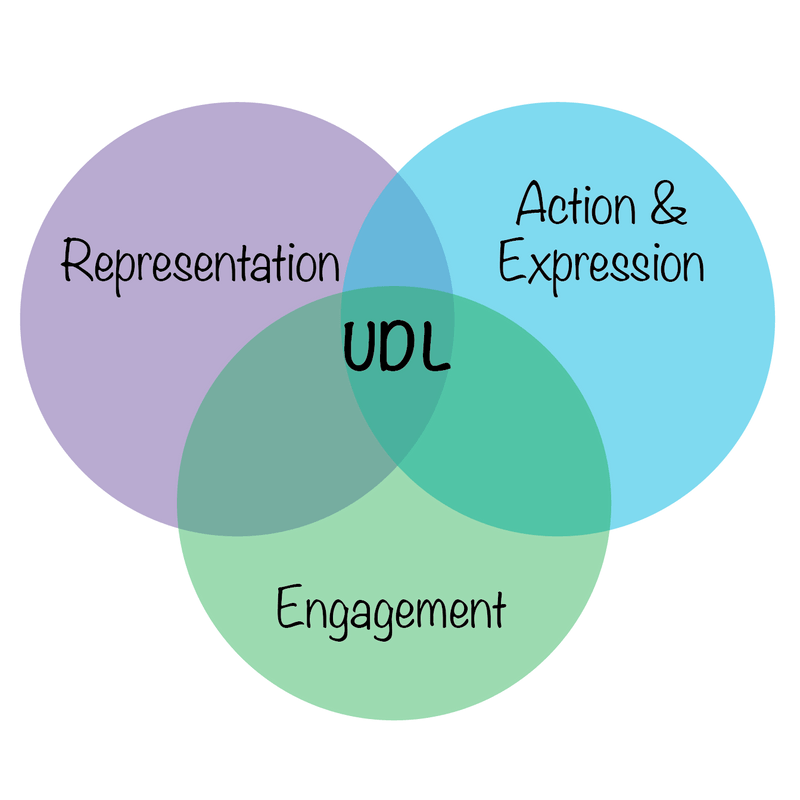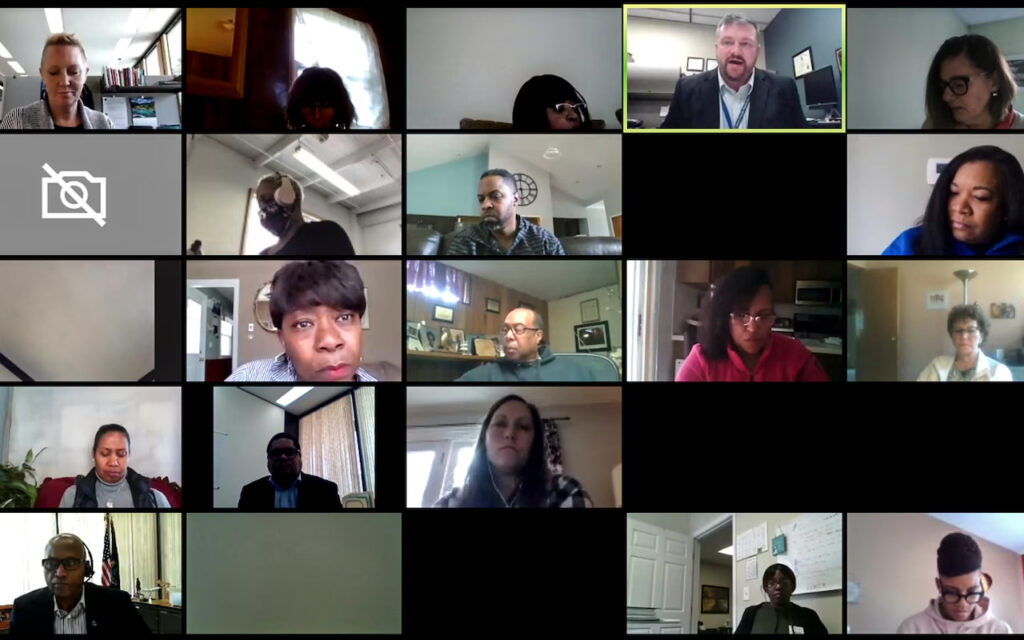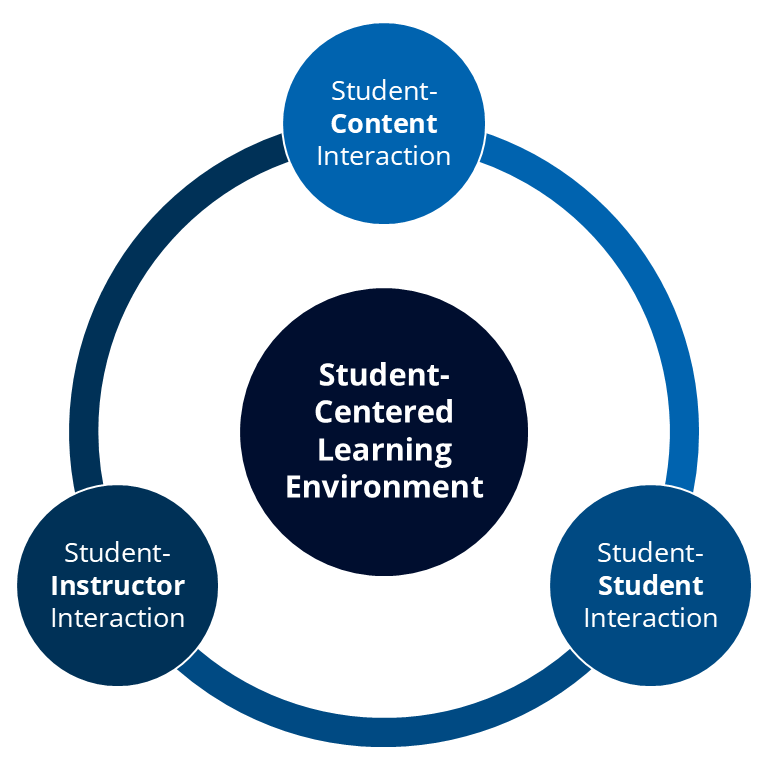Posts Tagged: online education


Designing for Inclusion and Engagement
Illustration by Karacis Studio on Unsplash
Universal Design for Learning
Universal Design for Learning (UDL) is all about planning with the diversity of learners in mind. Rather than creating one “standard” lesson and adjusting later, UDL encourages educators to anticipate learner variability while we plan lessons. I think this approach is essential because every student learns differently, whether it’s different paces, preferring different media, or differing environmental factors. Designing flexible learning experiences allows us to remove barriers for students before they appear.

An example of UDL that stands out to me from my experience is how one of my psychology professors ensures that lecture material is recorded, as well as making sure the slides are posted before class. Him taking this initiative showed me how proactive design can make a major difference in engagement and accessibility. It is a lifesaver to be able to go back and watch lectures when I get sick, and to have the slides available before class so that I can record notes on top of them. Also, when the content is presented through multiple means, such as visual slides, audio recordings, and interactive materials (like in-class polling through something like iClicker), it makes the learning experience more accessible and enjoyable.
This video gives a quick overview and example of universal design for learning.
Inclusive Learning Design
Inclusive design builds on UDL by emphasizing equity, belonging, and representation. It’s not just about accessibility, but also about making sure every learner feels that their identity and perspective are valued. In practice, this could mean integrating diverse examples in class, providing culturally diverse materials, and offering students a voice in how they demonstrate understanding. For example, I’ve seen an inclusive approach in my Grade 4 class, where my teacher asked us all to share what we were having for lunch. Though it wasn’t specifically about learning, this approach fostered an inclusive environment where my classmates of all ethnic groups shared stories about our diverse meals with one another. Because of this, we appreciated each others’ cultures more, and felt more included in the classroom. This approach reminds me that inclusion goes beyond including minority perspectives in our curricula, it also encompasses classroom culture and environment.

Synchronous and Asynchronous Learning
Balancing synchronous and asynchronous learning is a key component of engagement. This study by Fabriz et al. (2021) highlights some of the relationships between online learning during COVID and student outcomes. I found it interesting that this study found that “students in synchronous settings report a more positive learning experience as well as greater support of their basic psychological needs” (Fabriz et al., 2021). For me, synchronous activities foster more connection with both my teacher/professor and classmates, while asynchronous options don’t have that benefit. Conversely, asynchronous activities do offer flexibility for students who may have busy schedules, different learning preferences, or accessibility needs. I think that different learning environments call for a different balance between the two. In my Grade 10 French class, which was cut short due to COVID, we were mostly doing synchronous classes, where we would have to speak in French during class over Zoom. Though I wasn’t terrible at French, it was an incredibly awkward experience to have to speak in an online class directly to the teacher, while everyone else could also hear you. In this case, I much preferred the asynchronous worksheets, quizzes and audio recording assignments that we did.

Principles of Effective Online Education
Effective online learning depends on clear organization and expectations, as well as having learning objectives that line up with assessments and activities. Frameworks like UDL help educators achieve this by being inclusive from the start, in hopes of implementing strategies to remove barriers for students while designing the course. I also think that effective online education provides ample resources for students, whether that is an available instructor or TA, or helpful videos and slideshows.
From my perspective, online courses that are set up like this feel more cohesive and motivating. When I know exactly what I am working towards, and when materials are easily accessible, it helps reduce the stress of “What assignment is due this week? When is my next quiz?’, and allows me to instead focus on the actual content. These student-content, -student, and -teacher interactions are all vital for creating an online learning environment that is actually motivating and engaging.
